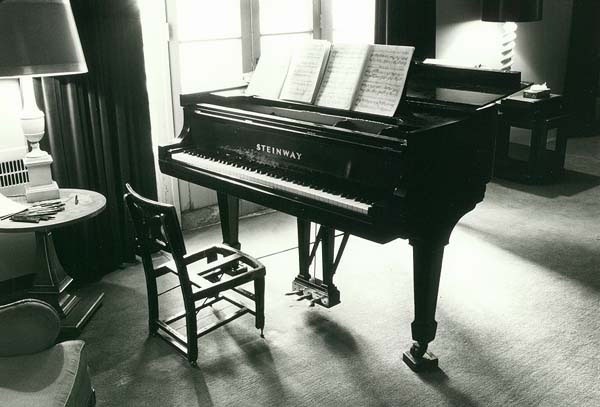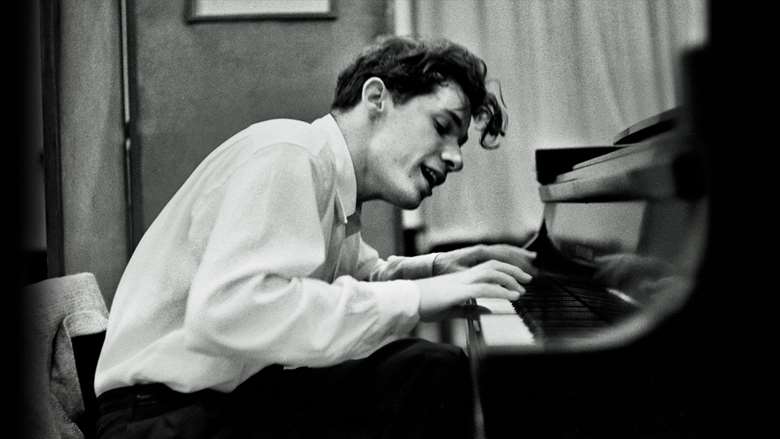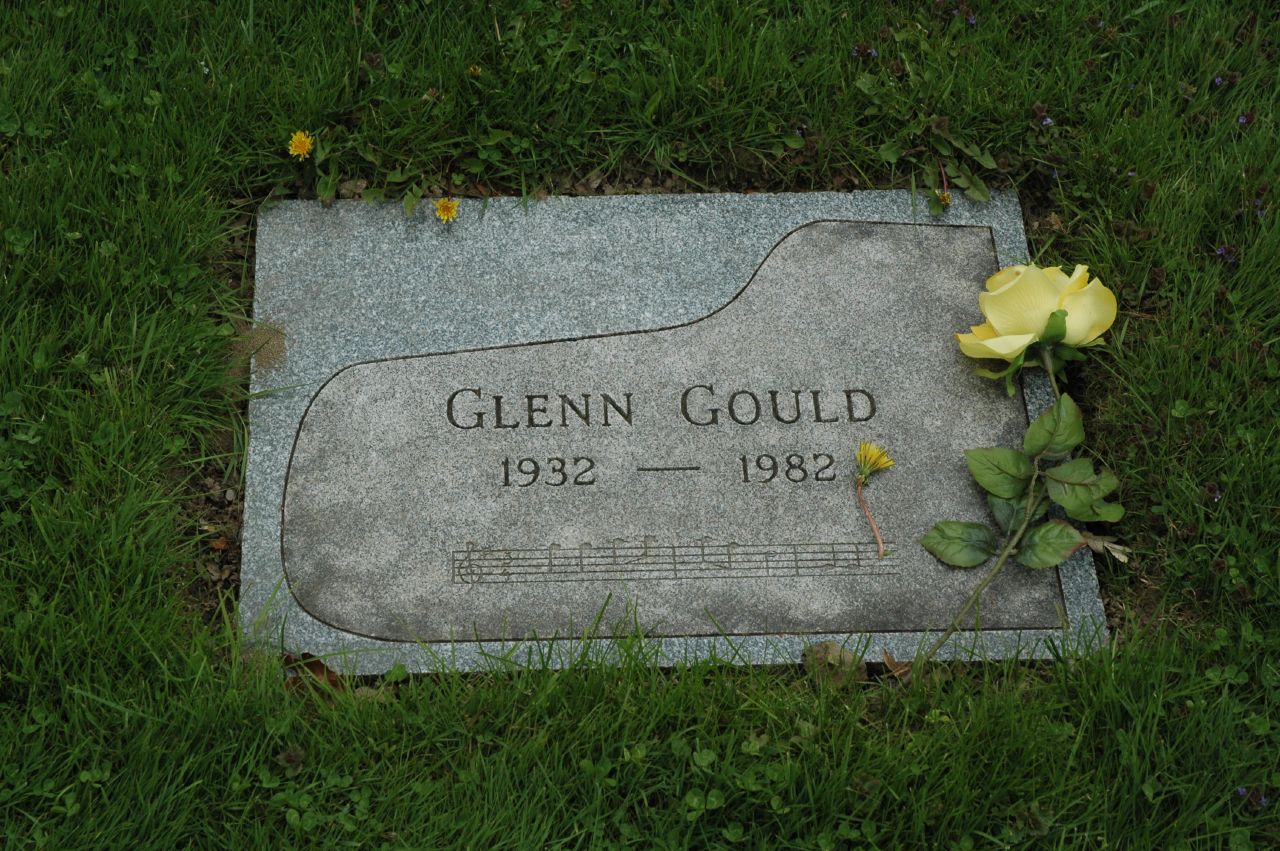Glenn Gould and his Steinway CD 318
In this article, we share the story of Glenn Gould and his piano – his search for the perfect piano, the ups and downs, and the tragedy that shook his world.

Glenn Gould’s Steinway Model CD 318, in his apartment in Toronto
When pianists love their pianos to pieces (literally)!
The music scene mourns the loss of a rare, one-of-a-kind piano, owned by Canadian virtuoso Angela Hewitt. The F278 Fazioli grand piano is the only one in the world fitted with four pedals. And has been used for numerous recitals and recordings since 2003.
Then last week, piano movers dropped the piano. The cast-iron frame was broken, amongst other parts of the piano. Alas, it was not salvageable and consigned to “piano heaven”.
There are times when piano movers drop pianos. And there are times when pianos fall off the stage. When the piano in question has practically become an extension of the artist over the years, it is a tragedy and the loss is immeasurable.
The Tragedy That Befell Glenn Gould’s Piano – the Steinway CD 318
Another case in point: back in 1971, movers dropped Glenn Gould’s piano en route from Cleveland, Ohio to Toronto. As a result, the famous Steinway grand, known as CD 318, had its cast-iron plate cracked in four places, soundboard broken, hinges bent and more.
Gould, best known for his interpretations of Bach’s keyboard works, did not outwardly express his devastation. But despite his determined pursuit for the truth behind the damage, his findings were insufficient to pinpoint the blame on any party.
A Pianist’s Search for the Perfect Piano
Before CD 318, the piano genius spent years, trawling continents in search of the perfect piano. His search took him from the Steinway CD 174 (on which the 1955 Goldberg Variations were recorded) to the small Chickering grand piano which Gould based his ideal piano on. Incidentally, the Steinway CD 174 was also damaged beyond repair en route to New York, returning from a concert in Cleveland.

Glenn Gould, known for playing the piano at an unusually low height
The Beloved Steinway Model CD 318 Piano
Then in 1960, Gould was reunited with a certain Steinway concert grand. He first played it in 1946, when he was performing with the Toronto Symphony as a thirteen-year-old! He rediscovered the old piano, tired, rejected, and forgotten, in the backstage of Eaton’s Auditorium.
Gould loved the piano’s extreme responsiveness. In his own words, it had “the most translucent sound of any piano I ever played”. He continued to use it for almost all his recordings. And it traveled with him wherever he performed.
The Broken Piano
After the fateful accident in 1971, Gould spent the next decade fruitlessly attempting to restore it to its former glory. His trusty piano tuner, the gifted, almost-blind Verne Edquist helped him.
Sadly, the piano was never the same again. The cast-iron plate was replaced, and the piano’s action had also lost the feather-light touch that Gould loved it for. He never really gave up on the piano. But in 1981, he reluctantly re-recorded the Goldberg Variations on a Yamaha C9 grand piano.
Tragically, Gould died a year later, having suffered a stroke that caused massive damage to his brain. He was buried in Toronto’s Mount Pleasant Cemetery, with the first few bars of the Goldberg Variations carved into his tombstone. A fitting tribute to a true piano maestro!

Glenn Gould’s tombstone, with the Goldberg Variations inscription
Glenn Gould’s Legendary Piano Lives On
Today, the Steinway CD 318 is on permanent display in Ontario’s National Arts Center. Together with it is the famous pygmy chair that accompanied the piano legend, Glenn Gould, for most of his life.
Invention No. 5 in E-flat Major, BVW 776, as recorded on the CD 318 (1964)
Has this article inspired you? To become a pianist and grow as familiar with your beloved piano as these famous pianists? We can help you start your journey! Just check out our website for more details on piano lessons!





